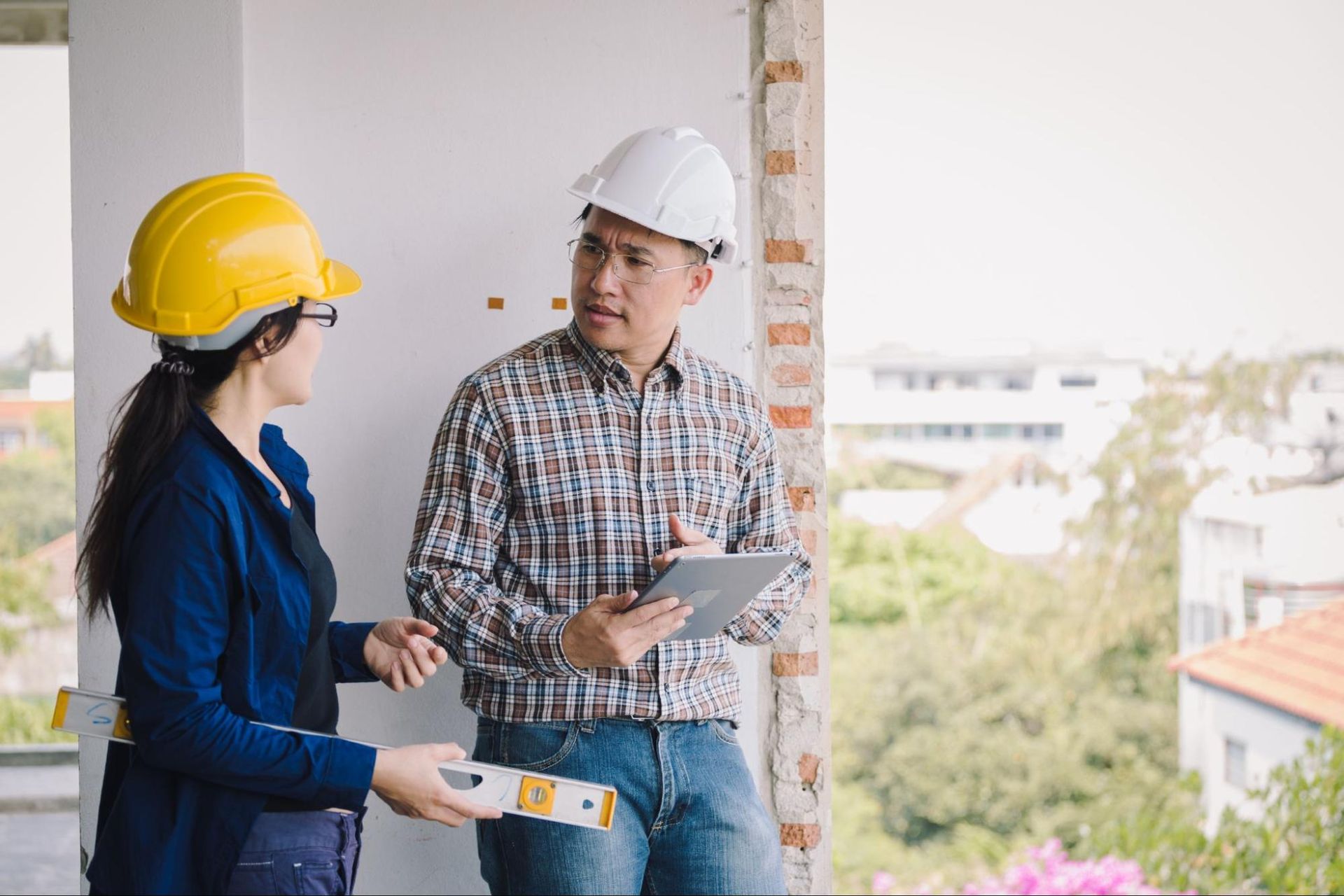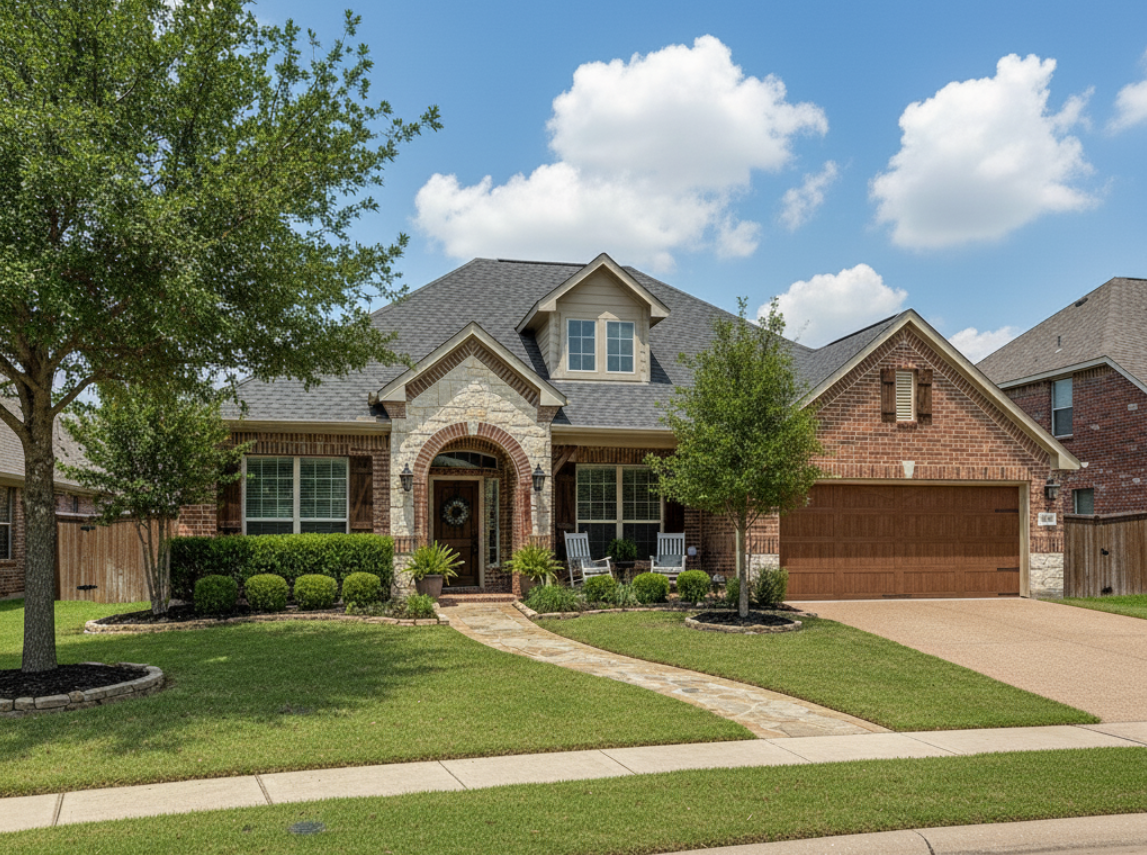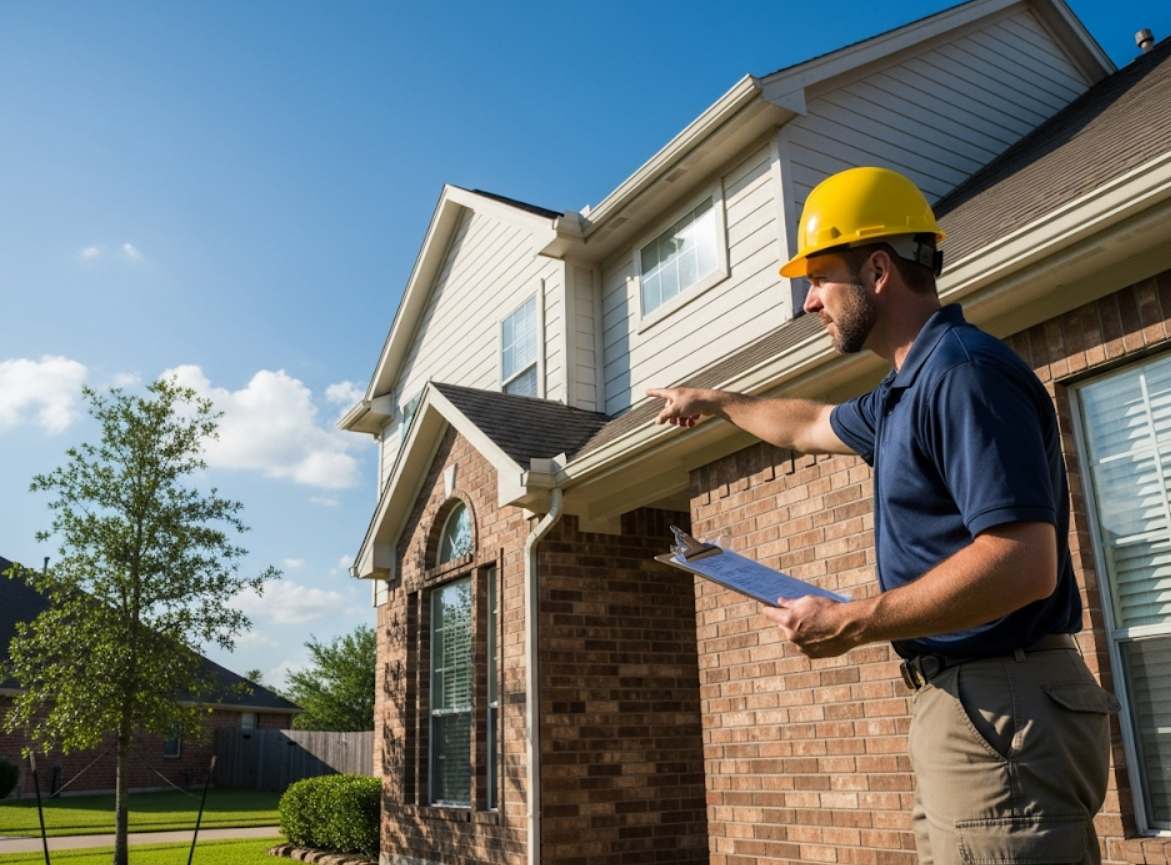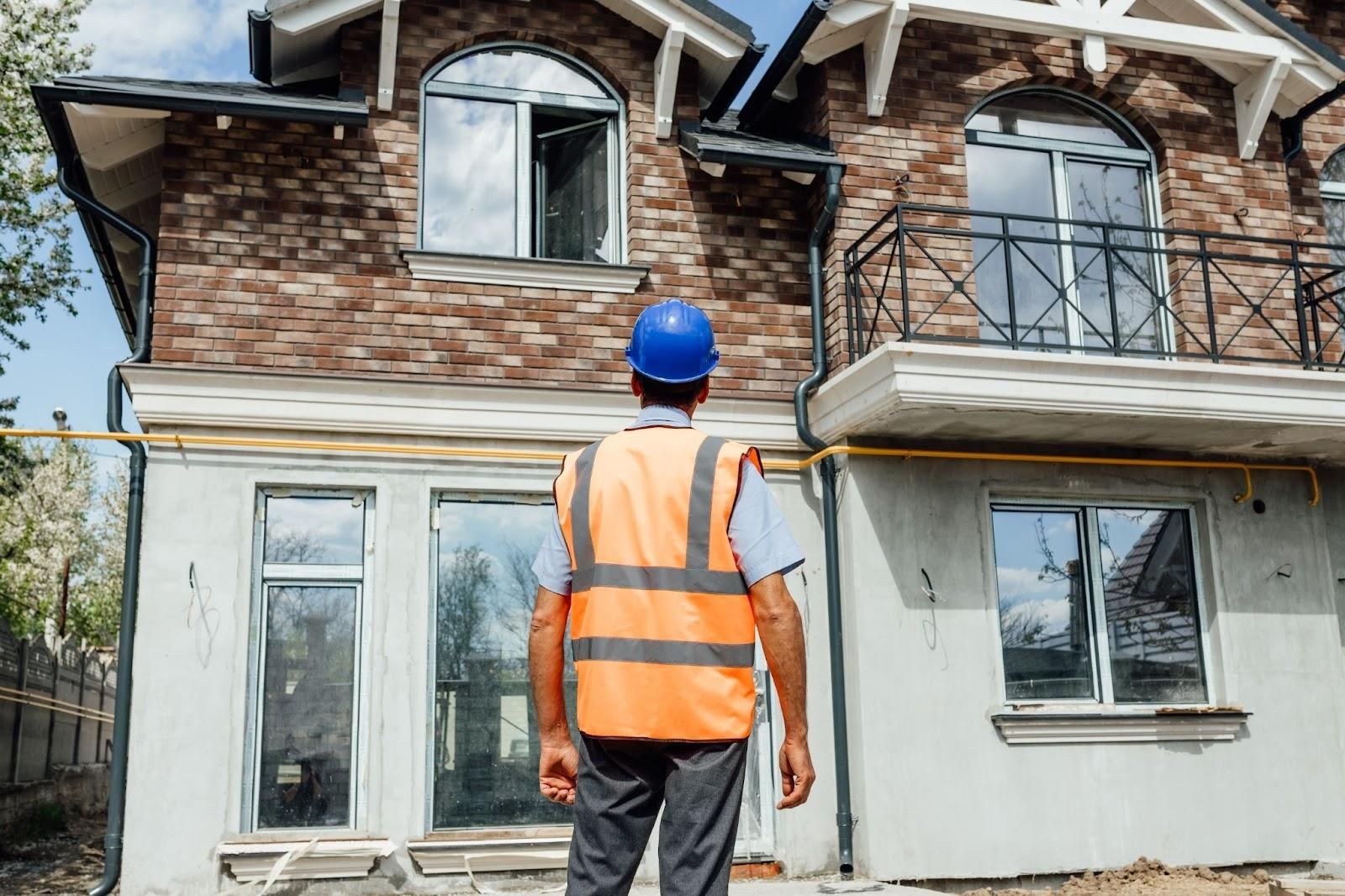Ensure Compliance and Accessibility: Your Guide to ADA Path of Travel Inspections for Homeowners
Did you path of travels also need to be inclusive and accessible to everyone? Many face frustrations with compliance standards and the intricacies of ensuring their facilities are accessible to all. These inspections are critical in identifying potential barriers that could hinder individuals with disabilities, making it essential to understand the requirements and processes involved.
Overview of ADA Path of Travel Inspections
ADA Path of Travel Inspections assess a property's accessibility, ensuring compliance with the Americans with Disabilities Act (ADA) standards. These inspections evaluate the routes that individuals with disabilities use to navigate through facilities. Accessibility barriers can inhibit movement, so systematic evaluations identify areas needing improvement.
Inspections cover key features like entrances, exits, pathways, and other crucial elements. Engaging with licensed professionals ensures thorough assessments, leading to revised plans that address non-compliance issues. Inspectors check compliance with minimum width requirements, appropriate slopes, and surface stability.
Property owners benefit from these inspections as they highlight legal obligations and enhance facilities to be more inclusive. Accurate Home and Commercial Services provides expert evaluations for properties in the Greater Houston area, assisting with compliance efforts. Clients receive tailored recommendations based on findings, allowing effective remedial action.
Inspections play a critical role for projects exceeding $50,000. TDLR mandates registration with plan reviews and TAS inspections before construction. Involvement of RAS-certified inspectors guarantees adherence to accessibility protocols.
Understanding the importance of a clear and accessible path of travel creates an environment where every individual, regardless of ability, can navigate with ease. Trust Accurate Home and Commercial Services for comprehensive ADA Path of Travel Inspections in Greater Houston, ensuring compliance and inclusivity.
Importance of Compliance

Compliance with ADA standards significantly enhances accessibility for individuals with disabilities. Adhering to these regulations not only fulfills legal obligations but also promotes an inclusive environment for all patrons.
Legal Requirements
Legal requirements established by the Americans with Disabilities Act (ADA) mandate accessible paths of travel within buildings. Property owners comply with these standards through thorough inspections that assess critical areas, including entrances, pathways, and restrooms. TDLR requires project registration and inspections prior to construction for projects exceeding $50,000. Such requirements ensure that property owners prioritize accessibility for everyone.
Benefits of Accessibility
Benefits of accessibility extend beyond regulatory compliance. Welcoming individuals with disabilities fosters a positive image and broadens the customer base. Accessible facilities can lead to increased patronage, enhancing overall revenues.
Creating an inclusive environment encourages community engagement and cultivates loyalty among customers, reinforcing a business's commitment to serving everyone, regardless of ability. Prioritizing ADA compliance promotes greater public access and increased satisfaction among all visitors, solidifying a strong reputation in the marketplace.
Key Components of Inspections

Conducting thorough ADA Path of Travel Inspections involves several essential components that ensure compliance and accessibility for individuals with disabilities.
Site Assessments
Assessments evaluate the overall accessibility of the site, focusing on critical pathways used by individuals with disabilities. Inspectors examine routes leading to entrances, exits, and key facilities. Assessments identify potential obstacles, such as steep grades, inadequate ramps, or obstructed pathways. Each site assessment results in clear, actionable recommendations aimed at enhancing compliance with the Americans with Disabilities Act (ADA) standards.
Common Barriers to Accessibility
Barriers often hinder accessibility for individuals with disabilities. Common issues include narrow doorways that restrict entry, steep ramps that create challenges for wheelchair users, and poorly marked paths that confuse navigators. Insufficient signage may make it difficult for visitors to locate accessible features. Addressing these barriers not only meets legal requirements but also fosters a more inclusive environment for all individuals.
Best Practices for Conducting Inspections

Effective ADA Path of Travel Inspections require thorough preparation and strategic implementation. Property owners and inspectors should prioritize best practices to ensure accuracy and compliance.
Preparation and Planning
Conducting a successful inspection begins with meticulous preparation. Inspectors should familiarize themselves with the site's layout and existing accessibility features. Reviewing relevant regulations, such as ADA and TAS guidelines, helps identify specific standards to evaluate. Creating a checklist of critical areas like entrances, pathways, and restrooms ensures no elements are overlooked. Engaging all stakeholders early fosters a collaborative environment, facilitating compliance and minimizing potential obstacles during the inspection process.
Utilizing Technology in Inspections
Leveraging technology enhances the accuracy and efficiency of inspections. Inspectors can use mobile applications to document findings, track compliance issues, and generate reports in real-time. Utilizing laser measurement tools simplifies assessing distances and dimensions, ensuring precise compliance assessments. Additionally, incorporating drones or 3D imaging can provide comprehensive overviews of the property, highlighting accessibility pathways and potential barriers. These technological advancements improve documentation quality and provide clear visual references for clients in need of ADA compliance solutions.
Challenges and Solutions
Navigating ADA Path of Travel Inspections presents challenges for property owners. Identifying and addressing these obstacles ensures compliance and accessibility.
Identifying Complex Issues
Inspectors examine various elements impacting accessibility. They assess entrances, pathways, and exits for compliance with ADA standards. Issues like unclear signage and uneven surfaces may arise during inspections. Inspectors also encounter outdated features that don't meet current regulations. Recognizing these complex issues requires expertise and a thorough understanding of accessibility guidelines. Lack of proper training may complicate this process, highlighting the need for licensed professionals. Expert assessments identify barriers that impede access, enabling property owners to understand necessary changes.
Implementing Recommendations
After identifying issues, implementing tailored recommendations fosters compliance. Professionals develop actionable plans that address specific barriers noted during inspections. Enhancements such as adding ramps or adjusting door widths may be required for accessibility. Property owners benefit from clear guidance on navigating required changes. Experts assist in coordinating with contractors to ensure code compliance and timely implementation of improvements. Embracing these recommendations transforms spaces, making them welcoming and usable for all individuals. Addressing barriers effectively enhances inclusivity while fulfilling legal obligations under ADA standards.
Conclusion
Prioritizing ADA Path of Travel Inspections is essential for property owners committed to fostering inclusivity. By addressing barriers and ensuring compliance with ADA standards, they not only meet legal obligations but also enhance their business's reputation. Engaging licensed professionals like Accurate Home and Commercial Services provides tailored insights that can transform spaces into welcoming environments for everyone.
The benefits of accessibility extend beyond compliance; they create opportunities for increased customer engagement and loyalty.
With the right approach and resources, property owners can navigate the complexities of ADA inspections and implement effective solutions. Embracing these practices paves the way for a more inclusive community while fulfilling essential legal requirements.
Frequently Asked Questions
What are ADA Path of Travel Inspections?
ADA Path of Travel Inspections assess a property's accessibility to ensure compliance with the Americans with Disabilities Act (ADA) standards. These inspections evaluate critical areas, such as entrances, exits, and pathways, to identify any barriers that might hinder individuals with disabilities.
Why are ADA Inspections important for property owners?
These inspections are essential for property owners to identify and address compliance issues. They help ensure legal obligations are met while enhancing accessibility and inclusivity, potentially increasing customer satisfaction and business revenue.
Who should conduct ADA Path of Travel Inspections?
It's crucial to engage licensed professionals, particularly RAS-certified inspectors, for conducting ADA Path of Travel Inspections. Their expertise ensures a thorough assessment and accurate compliance with ADA standards, helping property owners navigate complex regulations.
What are the main challenges during ADA Inspections?
Some common challenges include identifying unclear signage, uneven surfaces, and outdated features that do not meet current regulations. Licensed professionals are equipped to handle these complexities and provide effective solutions for compliance.
How can technology enhance ADA Inspections?
Technology, such as mobile applications, laser measurement tools, drones, and 3D imaging, can significantly improve the accuracy and efficiency of inspections. These tools help in documenting findings and providing visual references for clients, ensuring comprehensive evaluations.
What are some best practices for conducting ADA Inspections?
Best practices include familiarizing oneself with the site's layout, reviewing relevant regulations, and creating detailed checklists. Engaging stakeholders early in the process can foster collaboration and improve inspection outcomes.
What types of improvements might be recommended after an inspection?
Recommended improvements may include adding ramps, adjusting door widths, and enhancing signage. Implementing these changes not only promotes compliance but also creates a more inclusive environment for all individuals.
How does Accurate Home and Commercial Services assist with compliance?
Accurate Home and Commercial Services offer expert ADA Path of Travel Inspections and tailored recommendations to help property owners in the Greater Houston area comply with ADA guidelines. Their insights facilitate necessary changes for improved accessibility and inclusivity.











